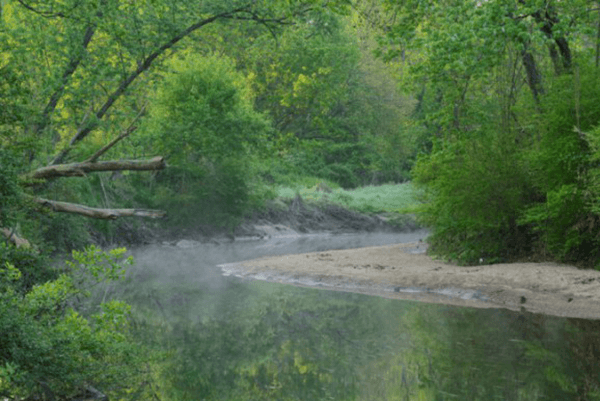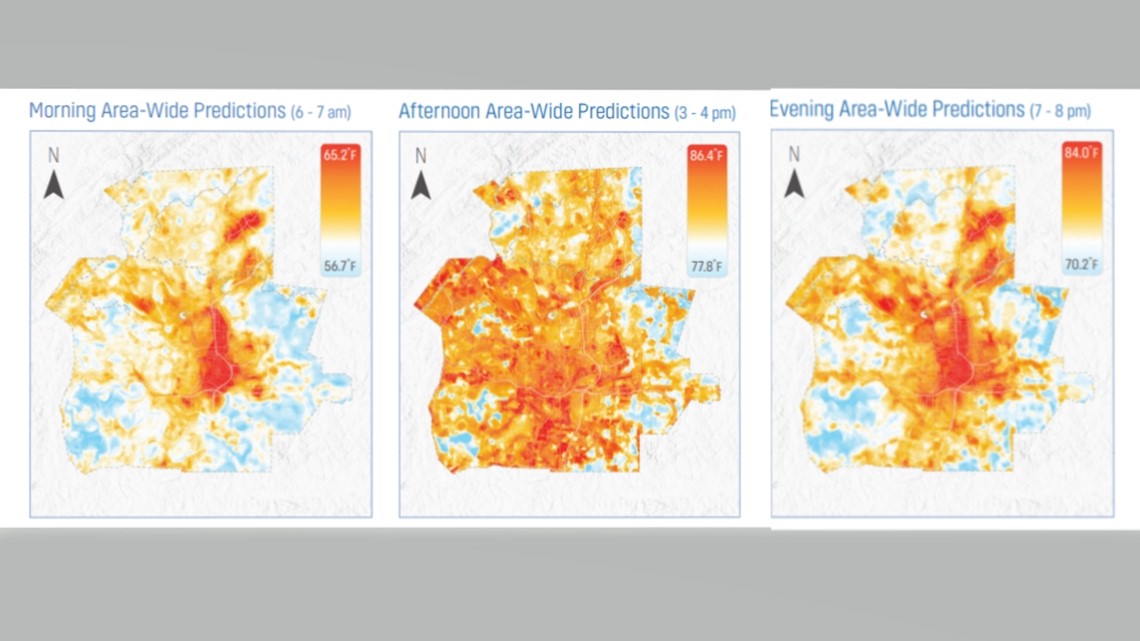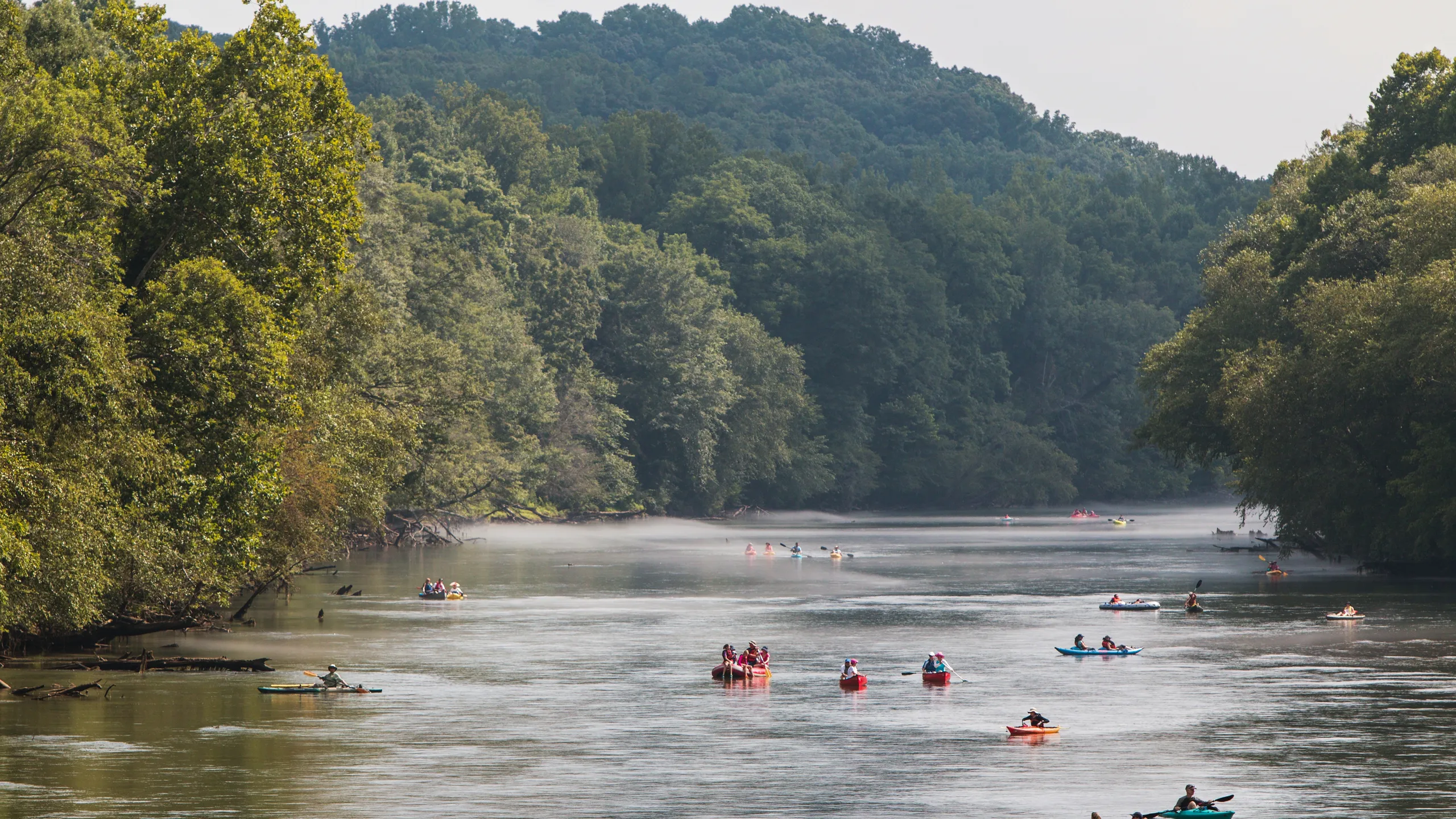Atlanta Creek Restoration: Reviving Waterways for Wildlife & Community
As a cyclist who has traversed Atlanta’s urban landscape for years, I’ve had a front-row seat to the remarkable transformation of our city’s creeks. Pedaling along the evolving trails that trace Peachtree Creek, Nancy Creek, Tanyard Creek, and Proctor Creek has given me a unique perspective on these waterways. What once felt like forgotten backwaters, concrete channels I’d grudgingly ride past to get somewhere else, have gradually morphed into centerpieces of my favorite routes. Each season brings new changes: fresh trail segments, emerging vegetation, returning wildlife, and increasing numbers of fellow Atlantans rediscovering these urban oases.
Atlanta’s relationship with its creeks has been complicated. As the city grew from railroad junction to metropolis, many of its waterways were forced underground, channelized in concrete, or turned into overflow sewers. Today, a new chapter is being written as engineers, environmentalists, and city planners work to restore these vital waterways to more natural states while meeting the complex demands of a modern city.
 Creek restoration projects aim to return urbanized waterways to more natural states while managing stormwater and preventing erosion.
Creek restoration projects aim to return urbanized waterways to more natural states while managing stormwater and preventing erosion.
The Engineering Challenge
Urban creek restoration isn’t as simple as letting nature take its course. The South Fork Peachtree Creek restoration project demonstrates this complexity perfectly. Engineers had to balance multiple competing factors: managing stormwater runoff from surrounding developments, preventing erosion of the streambank, maintaining flood control, and creating viable wildlife habitat, all while working within the constraints of existing infrastructure and property lines.
The project employed natural channel design principles, using rock vanes and root wads to direct flow away from eroding banks. But unlike rural restoration projects, the team had to account for the urban context. Underground utilities, nearby buildings, and the creek’s role in the city’s stormwater management system all influenced the design. The result is a careful blend of natural processes and engineered solutions.
 Rock vanes help redirect water flow away from stream banks to prevent erosion while creating habitat for aquatic species.
Rock vanes help redirect water flow away from stream banks to prevent erosion while creating habitat for aquatic species.
At Proctor Creek, the Proctor Creek Watershed Partnership took a different approach. Here, green infrastructure plays a starring role. The project installed bioretention cells and constructed wetlands to manage stormwater before it reaches the creek. These natural filtering systems help remove pollutants and reduce the volume of runoff entering the creek during storms, addressing one of urban waterways’ biggest challenges at its source.
Water Quality: A Technical Deep Dive
The City of Atlanta’s watershed monitoring data tells a story of gradual improvement, but with significant work still ahead. Regular testing shows decreasing levels of E. coli and suspended solids in restored sections, though levels still spike during heavy rains due to combined sewer overflows (CSOs).
A particularly innovative approach is being tested at Utoy Creek, where real-time water quality sensors provide continuous monitoring. This data helps engineers understand how different restoration techniques affect water quality and allows for rapid response to pollution events.
The Cost-Benefit Equation
Creek restoration isn’t cheap. The South Fork project cost approximately $2.8 million for a one-mile section. Yet when compared to the cost of traditional gray infrastructure solutions, the numbers become more favorable. The Department of Watershed Management’s cost-benefit analysis shows that natural systems often require less maintenance and provide additional benefits like flood control, recreational opportunities, and increased property values.
Take the Peachtree Creek Capacity Relief Project. While traditional solutions would have required expanding underground storage at significant cost, the restoration approach provided the same flood control benefit while creating new public green space and wildlife habitat. The project’s green infrastructure elements are expected to handle a 100-year storm event while costing 20% less than conventional infrastructure over its lifetime.
Climate Resilience and Urban Heat
Creek restoration projects play a crucial role in Atlanta’s climate resilience strategy. The City’s Climate Action Plan identifies urban waterways as key tools for managing increasing storm intensity and urban heat island effects.
Restored creeks, with their natural floodplains and vegetated buffers, can absorb significantly more stormwater than channelized streams. The vegetation along restored waterways also helps combat urban heat island effects. Temperature measurements along the South Fork Peachtree Creek corridor show average summer temperatures 3-5°F lower than surrounding developed areas.
 Thermal imaging shows the cooling effect of vegetated areas (darker regions) compared to built surfaces that contribute to urban heat island effects.
Thermal imaging shows the cooling effect of vegetated areas (darker regions) compared to built surfaces that contribute to urban heat island effects.
Beat the Heat: As any Atlanta cyclist knows, summer rides can be brutal. I’ve incorporated creek corridors into my routes specifically for the natural air conditioning they provide. On scorching July afternoons, the temperature drop is immediately noticeable when entering these green passages, sometimes feeling 10 degrees cooler than the surrounding city streets. What started as a practical way to avoid heat exhaustion has become a deeper appreciation for how these restored waterways moderate our urban climate.
Looking Forward
The next phase of Atlanta’s creek restoration efforts is already taking shape. The Chattahoochee RiverLands project includes ambitious plans for tributary restoration, recognizing that healthy creeks are essential to a healthy river system. Meanwhile, community groups like South River Watershed Alliance are pushing for restoration of long-neglected waterways in historically underserved areas.
 The Chattahoochee RiverLands project aims to create a connected network of parks, trails, and restored waterways along the river and its tributaries.
The Chattahoochee RiverLands project aims to create a connected network of parks, trails, and restored waterways along the river and its tributaries.
These projects represent a shift in how we think about urban infrastructure. Rather than trying to control nature with concrete and culverts, we’re learning to work with natural systems, creating infrastructure that’s more resilient, more sustainable, and more beneficial to both human and natural communities.
Connected by Creeks: Just a decade ago, my creek rides were disconnected segments requiring careful navigation through streets to link them together. Today, I can string together more and more continuous creek-side riding, with more connections coming each year. What’s remarkable is watching how these restored waterways are becoming connective tissue for the city, not just for recreation, but for wildlife movement and ecological health.
The success of these restoration efforts will depend on continued monitoring, maintenance, and community support. But the early results are promising, suggesting that it’s possible to bring nature back to the city while meeting the complex demands of urban water management.
Get Involved
Atlanta’s creek restoration movement isn’t just for engineers and city planners. Here’s how you can contribute:
- Join volunteer creek clean-up events organized by South River Watershed Alliance or Chattahoochee Riverkeeper
- Report water quality issues through Atlanta’s 311 app
- Implement rain gardens or rain barrels on your property to reduce stormwater runoff
- Advocate for green infrastructure in your neighborhood’s development plans
- Visit restored creek corridors and support businesses that have adopted environmentally friendly practices
- Participate in community science by reporting wildlife sightings along restored creek corridors
References
DeKalb County Department of Watershed Management. (2024). Watershed Management
Atlanta Department of Watershed Management. (2024). Atlanta Watershed Management
Atlanta Department of Watershed Management. (2024). Water Quality Reports
U.S. Geological Survey. (2024). Real-time Water Data for Georgia
City of Atlanta. (2024). Official Website
Chattahoochee RiverLands. (2024). Project Overview
South River Watershed Alliance. (2024). About SRWA
Stay in the loop
Get notified when I publish new posts. No spam, unsubscribe anytime.